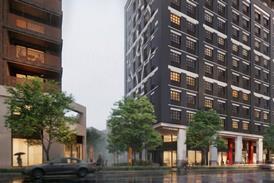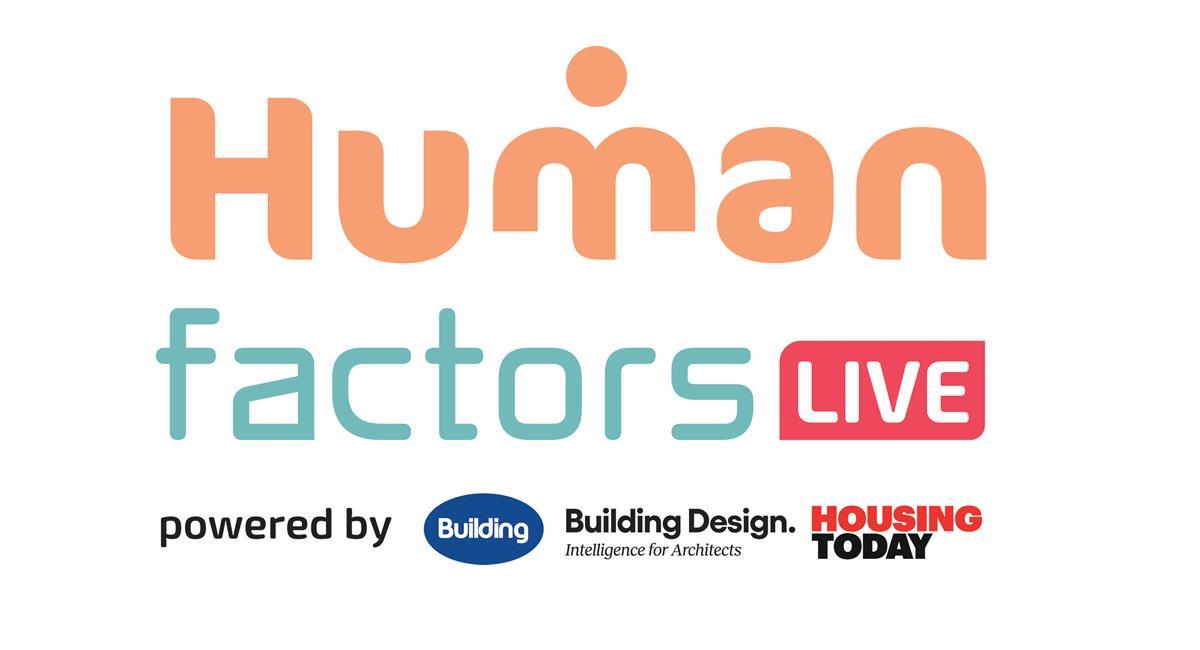September 2025 RIBA Future Trends survey finds overall confidence slipping into negative territory for the first time since January, with smaller practices hit hardest by a subdued residential sector

RIBA’s latest Future Trends report shows a decline in architects’ workload confidence, as economic uncertainty and weak client demand weigh on the profession.
The September 2025 Future Workload Index fell to -2, the first negative reading since January, reflecting a slight increase in pessimism compared with previous months. While 21% of practices expect workloads to rise over the next three months, 23% predict a decrease and 56% anticipate no change.
The fall was driven by weaker expectations among smaller practices, those with up to 10 staff, whose Workload Index dropped to -8, down from -5 in August. Medium and large practices remain more optimistic, recording a combined Workload Index of +39, the highest level in a year.
The report, based on responses from 245 practices, indicates that the average workload remains 9% lower than a year ago. The RIBA noted that while overall sentiment has softened, larger firms continue to expect growth.
RIBA head of economic research and analysis Adrian Malleson said: “September’s Future Trends data shows a profession with a more cautious outlook.
“The overall workload index has fallen into negative territory for the first time since January, standing at -2. Smaller practices, particularly those reliant on private housing work, are feeling the pressure of a subdued market and continued economic uncertainty. In contrast, medium and large practices remain confident, with a combined workload balance of +39 – the highest recorded this year.”
The commercial sector remains the most resilient, with a Workload Index of +3, although this represents a softening from August’s +8. The private housing sector continues to weaken, falling to -9, while the public sector dropped to -7 and the community sector to -4.
Regionally, sentiment deteriorated across much of the country. London remained positive at +9, while the North of England posted +13. All other regions recorded negative outlooks: the Midlands and East Anglia fell from +1 to -16, Wales and the West from +8 to -2, and the South of England from +1 to -9.
Despite reduced workload expectations, staffing forecasts remain steady. The Permanent Staffing Index stood at +2, slightly down from August’s +4, with 8% of practices expecting to hire more staff and 6% predicting fewer. The Temporary Staffing Index remained positive at +5.
RIBA said the findings suggest that while short-term workload expectations are weakening, most practices are not planning job cuts, indicating “some confidence for longer-term prospects”.
Practices responding to the survey cited slow planning processes, high borrowing costs and the impact of the Building Safety Act as ongoing constraints on growth. According to the report, “profitability remains under pressure due to downward pressure on fees”.
Malleson added: “Commentary from practices highlights weak client confidence, high borrowing costs, and planning delays as persistent challenges. However, staffing levels remain stable, suggesting underlying confidence in longer-term prospects.”
The RIBA said it intends to provide additional data on business conditions in its upcoming Business Benchmarking survey, which will offer a detailed overview of financial and operational performance across practice sizes.
















2 Readers' comments